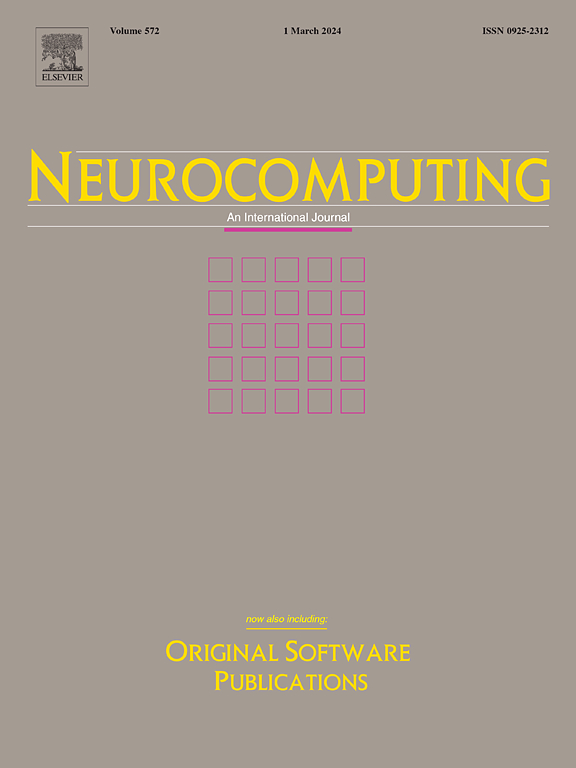领域泛化的原型锚定对比测试时间自适应
IF 6.5
2区 计算机科学
Q1 COMPUTER SCIENCE, ARTIFICIAL INTELLIGENCE
引用次数: 0
摘要
测试时间自适应(TTA)的目的是通过根据测试样本调整给定的模型来解决训练数据和测试数据之间的分布变化。这种方法特别适用于领域泛化(DG)场景,在推理过程中可以访问在线测试数据。大多数当前的TTA技术使用模型对测试数据的预测作为伪标签来修改源模型。然而,在测试时域移位的情况下,这些伪标签的准确性得不到保证,可能导致适应性后的性能下降。此外,由于存在噪声样本,使用测试样本调整所有模型参数可能是有害的。为了解决这些问题,我们提出了一种原型锚定对比测试时间适应方法——AdaPAC。该方法利用来自源数据的知识,特别是子类原型,并将它们整合到表示空间中的原型对比学习中。通过这样做,它有效地对齐了测试和源代码发行版。AdaPAC根据它们与锚定原型的距离将测试样本分类为可靠或不可靠,并分别对它们应用原型和实例对比学习。此外,我们提出了一个可靠的权重正则化对不可靠的样本,鼓励模型更新参数敏感的可靠测试样本的分布变化。在包括VLCS、PACS、OfficeHome和TerraIncognita在内的领域泛化基准测试中,AdaPAC优于当前最先进的DG和TTA方法。本文章由计算机程序翻译,如有差异,请以英文原文为准。
AdaPAC: Prototypical anchored contrastive test time adaptation for domain generalization
Test time adaptation (TTA) aims to address distribution shifts between training and testing data by adjusting a given model based on the testing sample. This method is particularly suitable for Domain Generalization (DG) scenarios, where it has access to online test data during inference. Most current TTA techniques modify the source model using the model’s predictions on the test data as pseudo-labels. However, under test-time domain shifts, the accuracy of these pseudo-labels is not guaranteed, potentially leading to performance declines after adaptation. Additionally, adapting all the model parameters using test samples can be harmful due to the presence of noisy samples. To tackle these issues, we propose AdaPAC, a prototypical anchored contrastive test-time adaptation approach. This method leverages knowledge from source data, specifically subclass prototypes, and incorporates them into prototypical contrastive learning within the representation space. By doing so, it effectively aligns the test and source distributions. AdaPAC categorizes test samples as reliable or unreliable based on their distances from the anchored prototypes and applies prototypical and instance-wise contrastive learning to them, respectively. Furthermore, we propose a reliable weight regularization for unreliable samples that encourages the model to update parameters that are sensitive to the distribution shift of reliable test samples. AdaPAC outperformed the current state-of-the-art DG and TTA methods across domain generalization benchmarks including VLCS, PACS, OfficeHome, and TerraIncognita.
求助全文
通过发布文献求助,成功后即可免费获取论文全文。
去求助
来源期刊

Neurocomputing
工程技术-计算机:人工智能
CiteScore
13.10
自引率
10.00%
发文量
1382
审稿时长
70 days
期刊介绍:
Neurocomputing publishes articles describing recent fundamental contributions in the field of neurocomputing. Neurocomputing theory, practice and applications are the essential topics being covered.
 求助内容:
求助内容: 应助结果提醒方式:
应助结果提醒方式:


